This is my mindset when developing a painting. Not just for images, but for writing as well. Story, character, plot, background history, emotions, world building…all of it works together when generating new images.
This approach works well when dreaming up paintings for classic stories, too, like The Wonderful Wizard of Oz. I’ll describe what was going through my mind for each of the images below.
To continue from where we left off, Dorothy is on her way with her strange companions to find the Emerald City, and ask the Wizard of Oz if he could send her back home to Kansas.
Poppy Field
For the painters out there, you’ll notice that the light from the sun comes from behind and strikes them low as they stand above it on the hill. This allowed me to light the poppies from above, in basically overcast light on the shadow side, while still giving the characters the highlight. Movies do this all the time. There’s much to learn from the technique, just as they learned it from artists long ago.
The Queen of the Mice
This scene from the book was not in the film, understandably, given the special effects technology of the time. I wanted them to be life-like, and real for the painting. Maybe the way Beatrix Potter might’ve envisioned them, but with a Sargent background of black. I looked at a truckload of mouse photos and drew them all freehand in order to instill them with the life they required.
The Gate
I wanted the entry to the Emerald City to feel massive, and the figures to be overwhelmed by the scale, but with just a glimpse of the city behind. This sets up curiosity in the viewer, a desire to find out more. This keeps the viewer imagining, which keeps them engaged with the work.
The Emerald City
My EC is more practical than the fantasy-like tube towers in the movie (heavily influenced by the Streamline Age of the time). I wanted to place them smack in the street with people all around, some wondering who the heck they are. The Wizard of the book puts green-colored glasses and goggles on everyone so that they see the city as green everywhere. That’s kind of strange since the city is built of emeralds already, and wouldn’t the green goggles make everything look flat and…grey?
I stayed with what the book required though.
As artists, we’re asked to bring material to life for the reader…. to take them to a new appreciation, without leaving them behind altogether.
Oz Head
One of my favorite scenes in the movie is watching the flames billow up and around the huge bald head of Oz looming over the cast. Remember? The way the smoke roiled and curled fascinated me. I wanted to paint that! It was so scary! But in the book, they are all greeted by Oz in a room where he appears to them in different ways for each character. I stayed with Dorothy’s experience which was encountering a huge head. That’s where they got the idea of that terrifying Oz in the film. Mine is more mechanical as I figured it would have to be, but it was really just an excuse to show poor tiny Dorothy confronted by that massive face.
Wicked Witch of the West
I could paint this character over and over, in different ways, with different personalities and still want to paint her again. Still, I don’t think I could capture her the way Margaret Hamilton did in the film. So awesome. In the book, the witch sends wolves out to kill our heroes, but Dorothy & Co. manage to wipe them out.
Also, the witch shows up only once, in one chapter, and Dorothy dispatches her pretty quickly and moves on. (Things tend to die around this innocent little waif.) In the movie, the screenwriters knew to keep the Witch character involved, building her evil throughout the film, stopping by every so often to frighten the characters, so that by the time we get to her castle, it’s a big deal when Dorothy takes her out.
The Flying Monkeys
One of my all-time favorite shots from any film is watching those monkeys fly away from the castle to go after Dorothy. Even slightly before the Witch orders them to “Fly! Fly!” we see them crowd the sky, an air force of malevolence. I changed the angle on my witch giving the order from a stone staircase with the squadron coming out of the castle. I’d always imagined my monkeys would have batwings, too, not feathered wings. Felt right.
As you can see, I’ve made the story my own, visually, with some influences from both the book and the film. In this particular case, the movie captured and also changed certain aspects of the story and, growing up with the movie, I felt I could add my own angle to how I would envision the world of Oz.
As artists, we’re asked to bring material to life for the reader. While you can’t get into everyone’s head, it’s best to analyze what you appreciate about a story and remember that you’re probably close to what others are thinking already. Tweaking an image to give it your own perspective helps magnify what others may be visualizing, to take them to a new appreciation, without leaving them behind altogether.
I’ll describe the process for the final seven paintings next time.



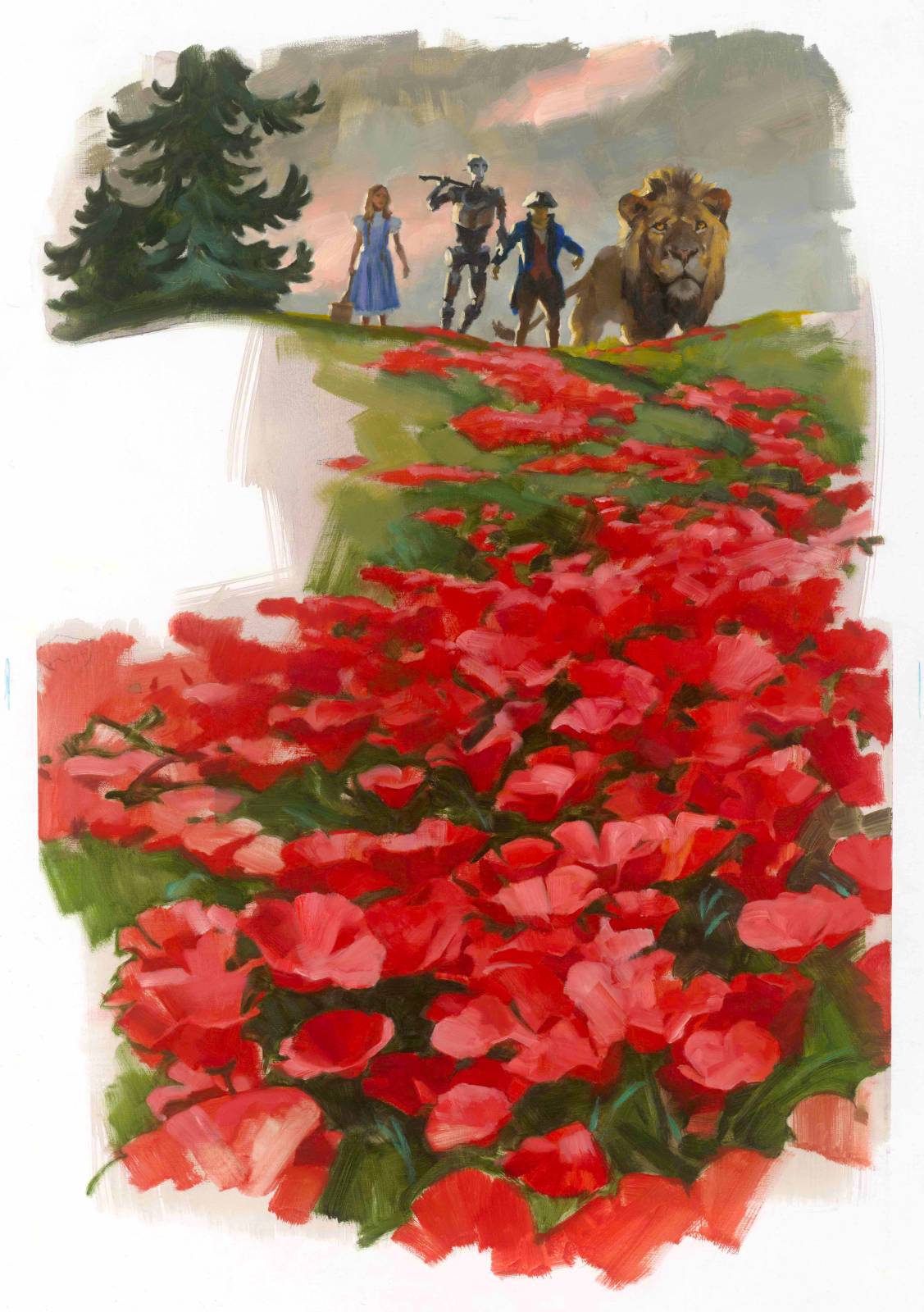

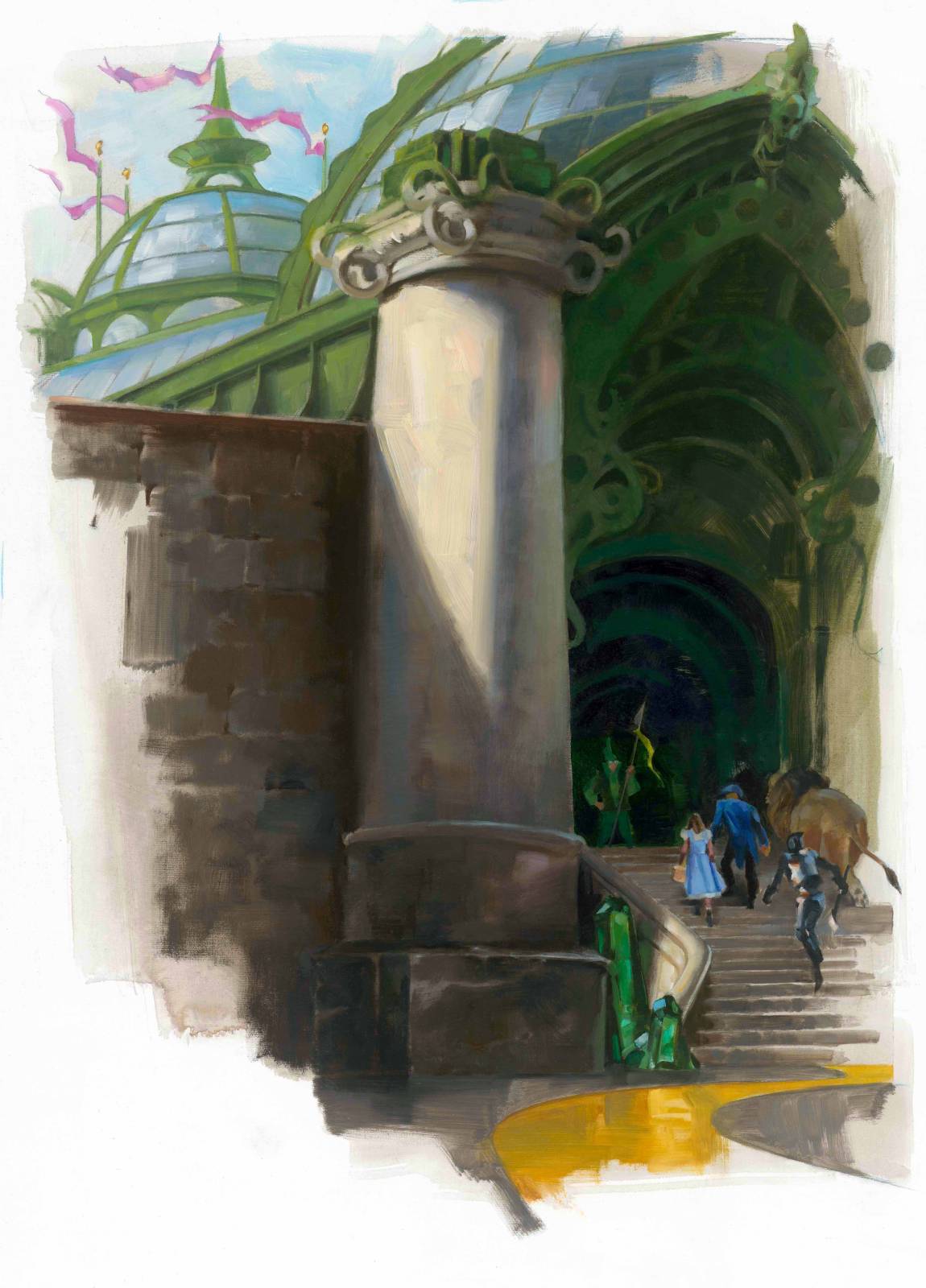
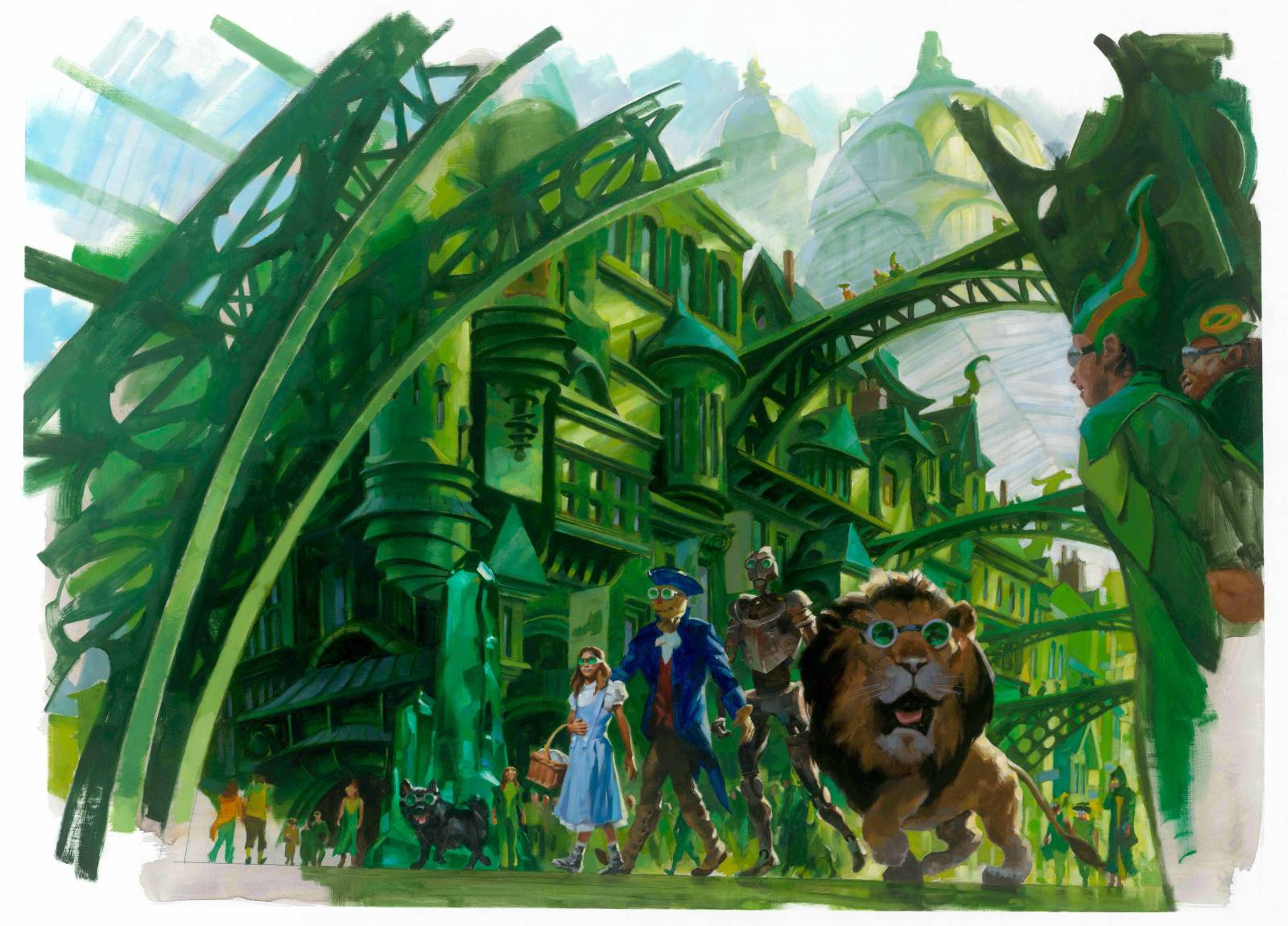
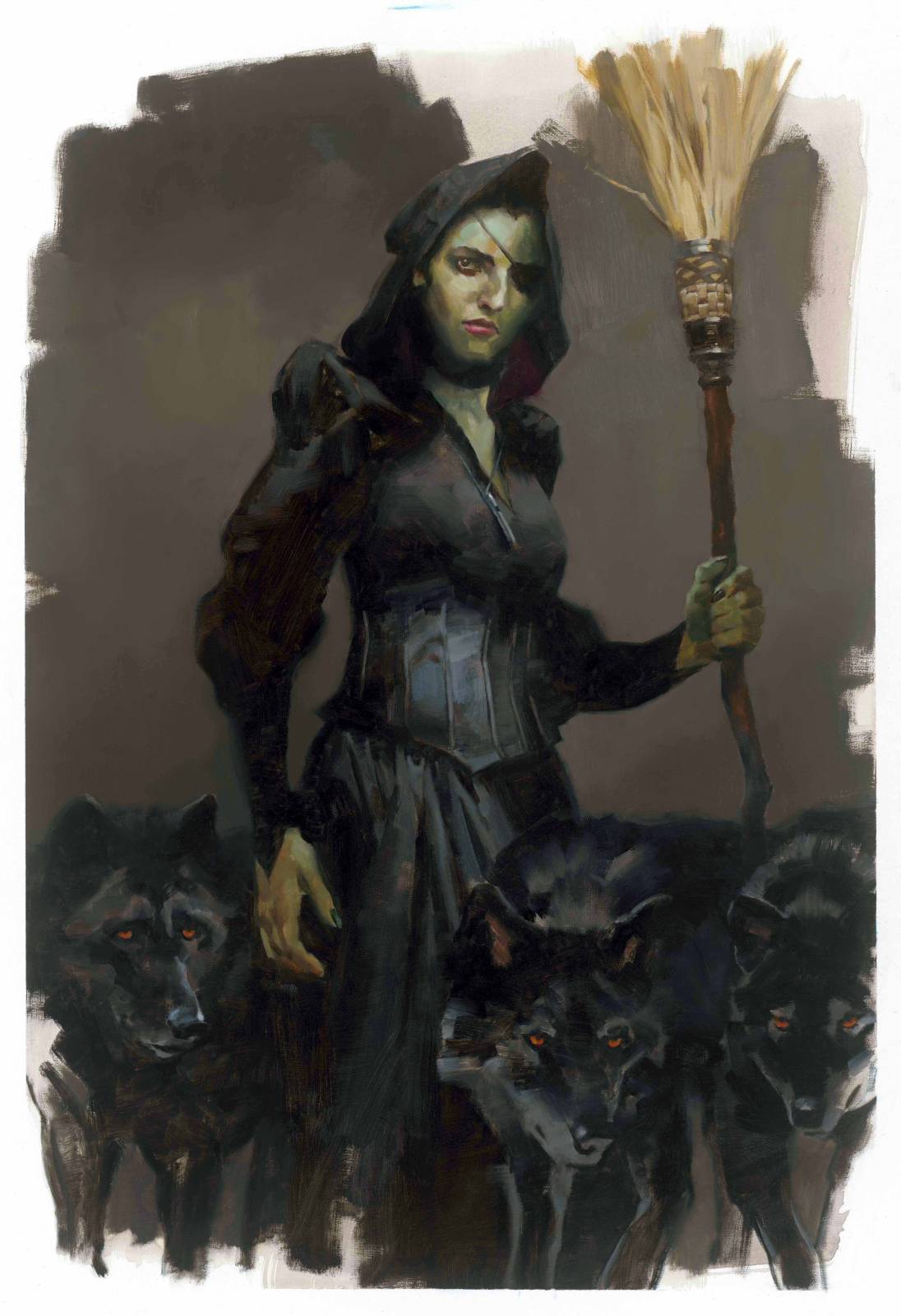
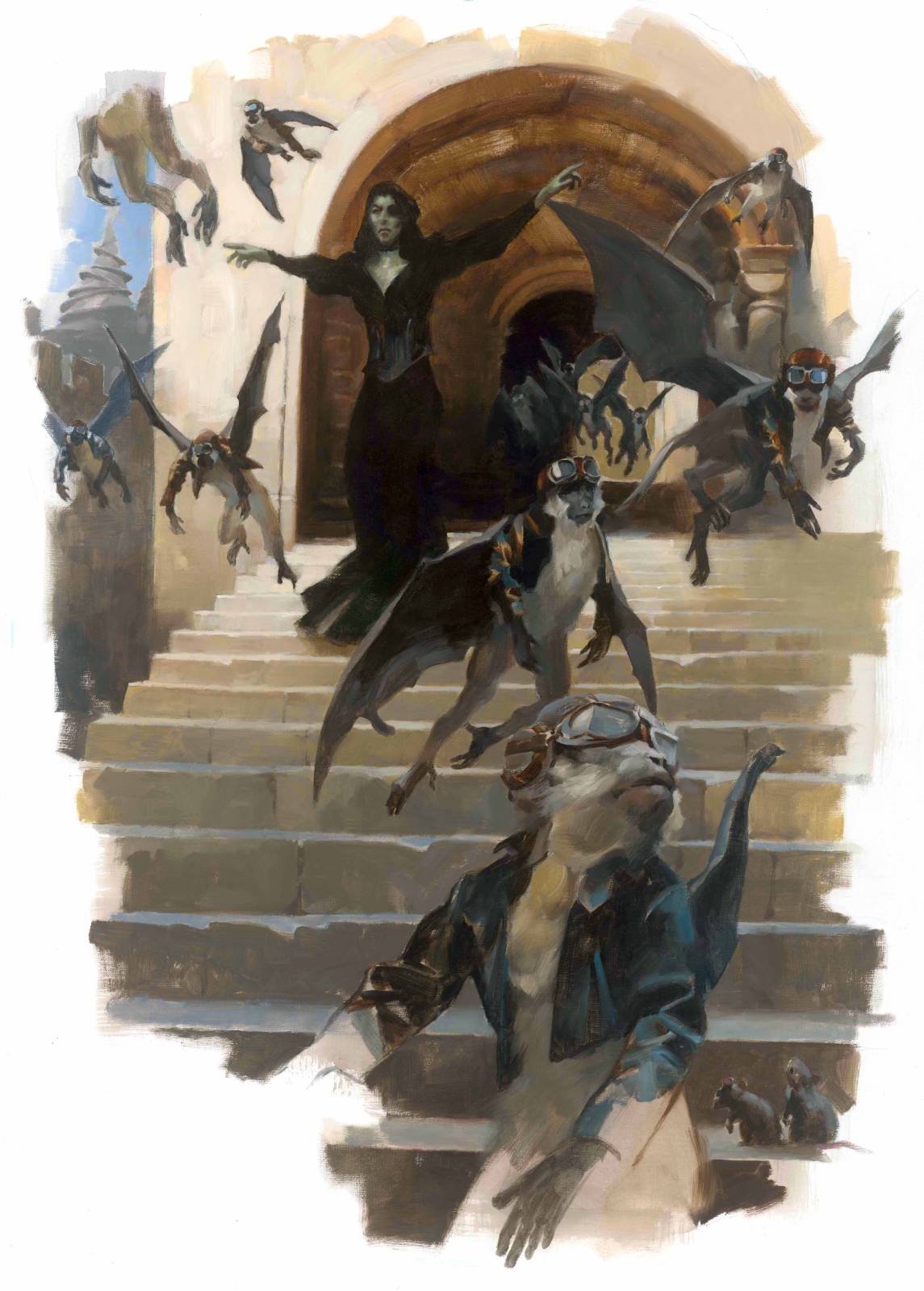

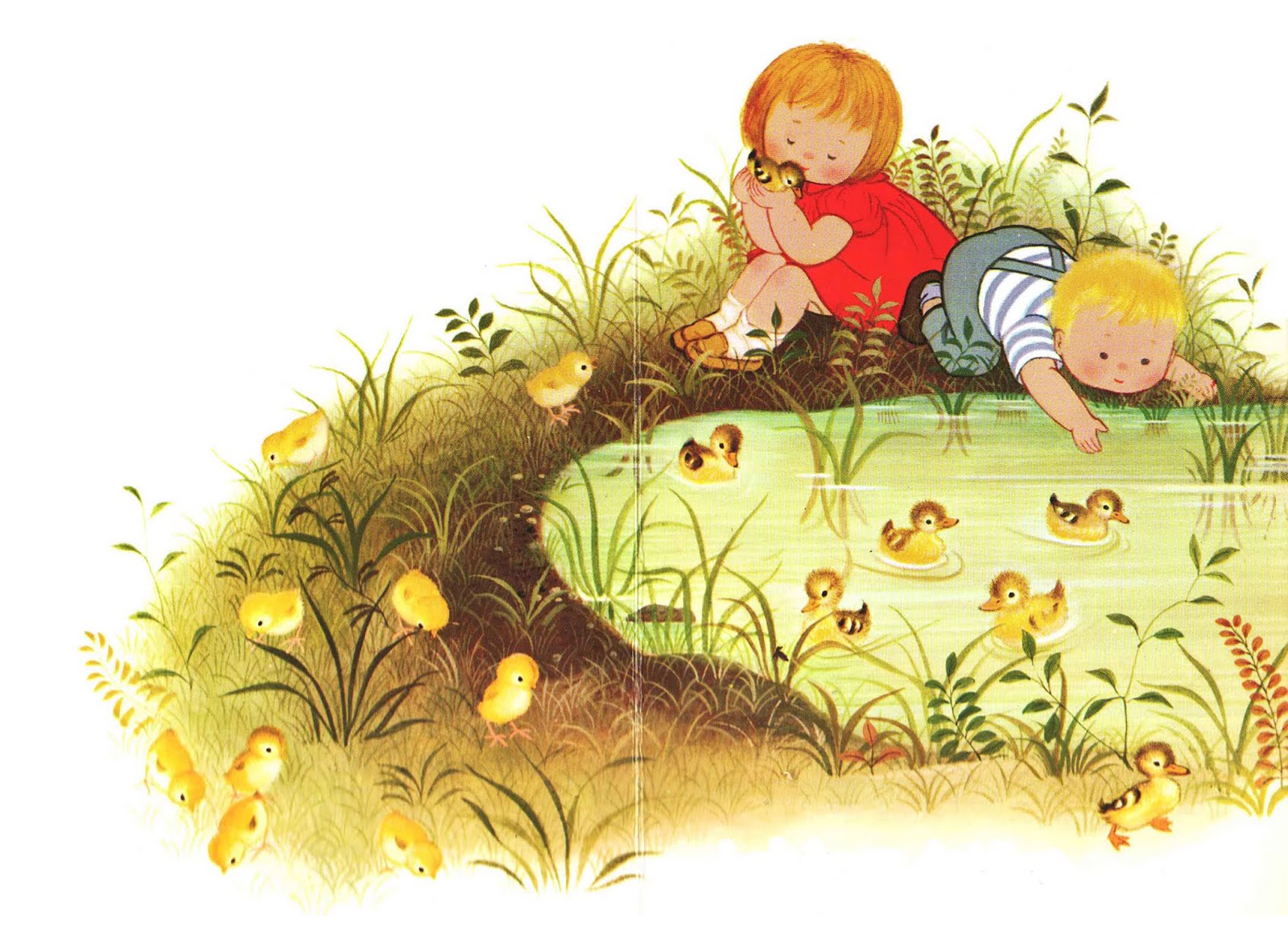
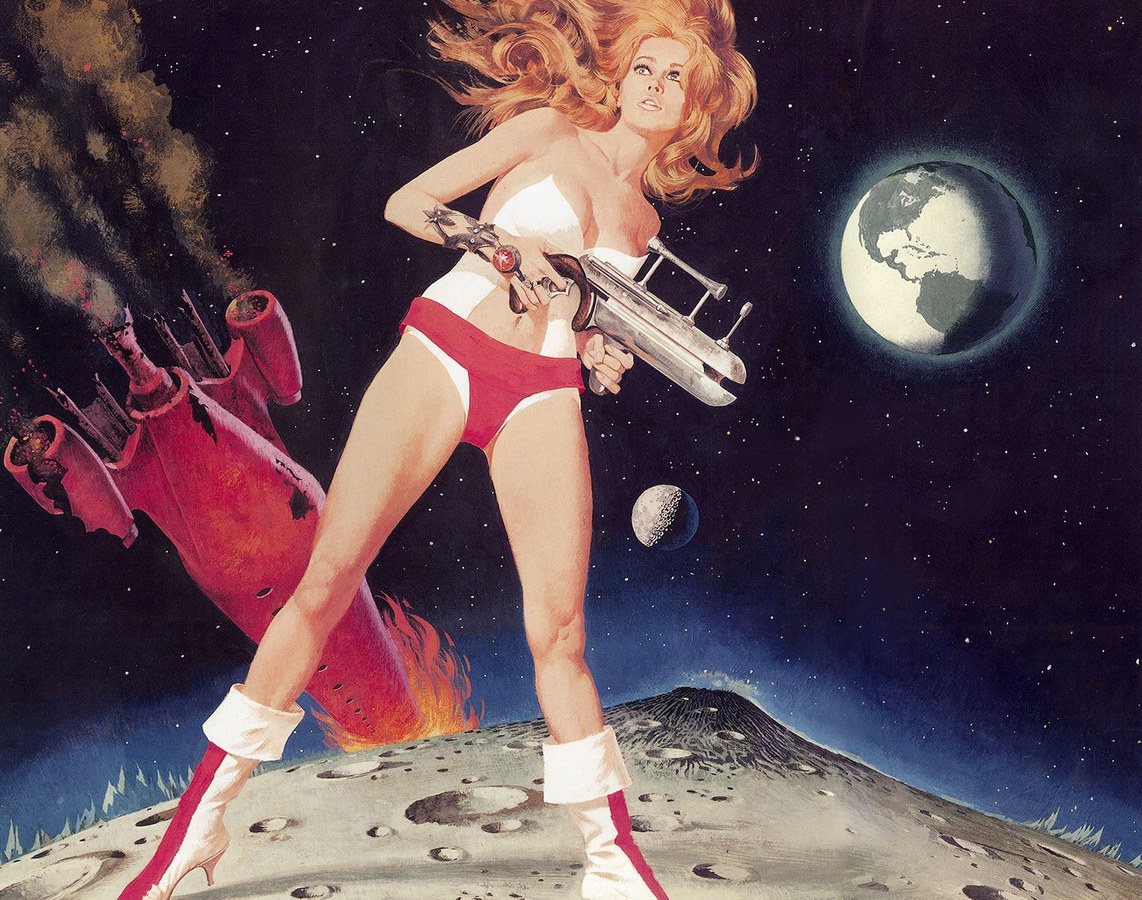
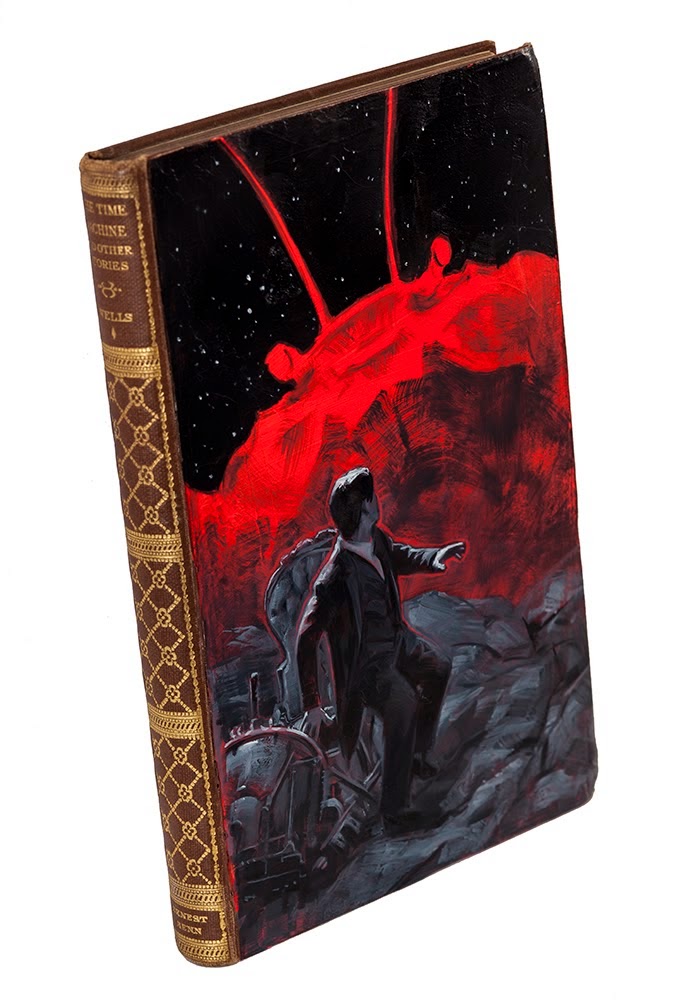
Great to see more of your Oz paintings Greg, especially your take on the Oz head, looks very imposing, can’t believe it’s been 85 years since this film dazzled us all! 🙂
Gorgeous work, Greg!
As an aside, it’s sad to see the comments section fill up with bot spam.